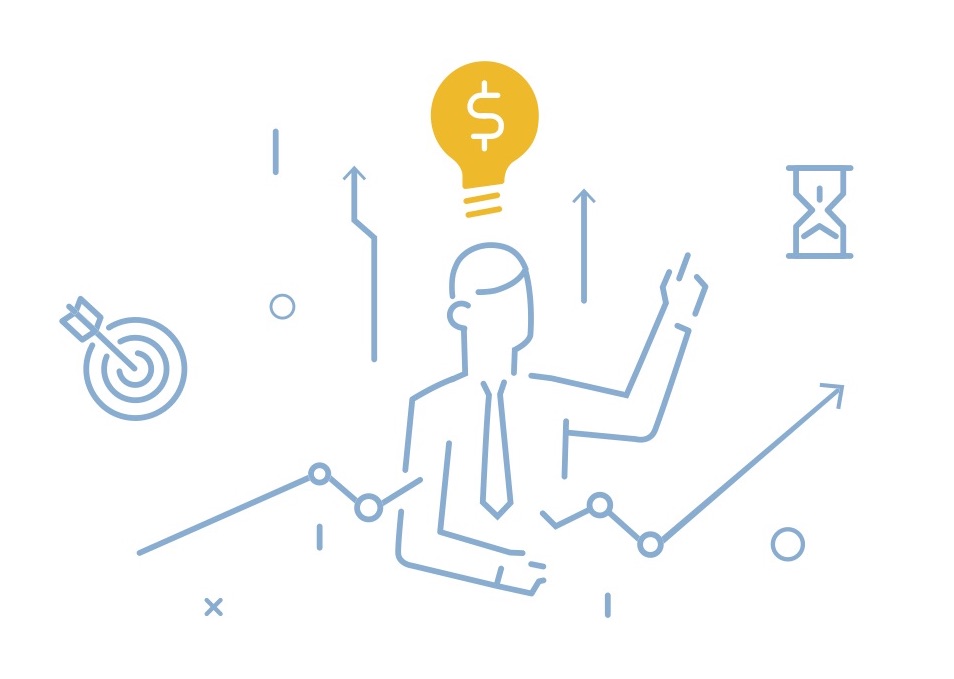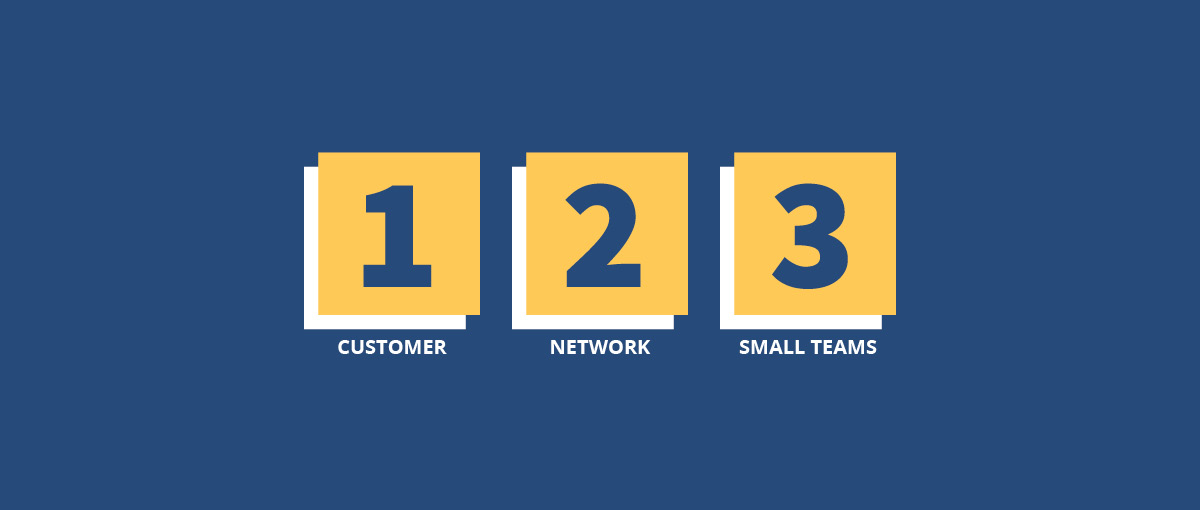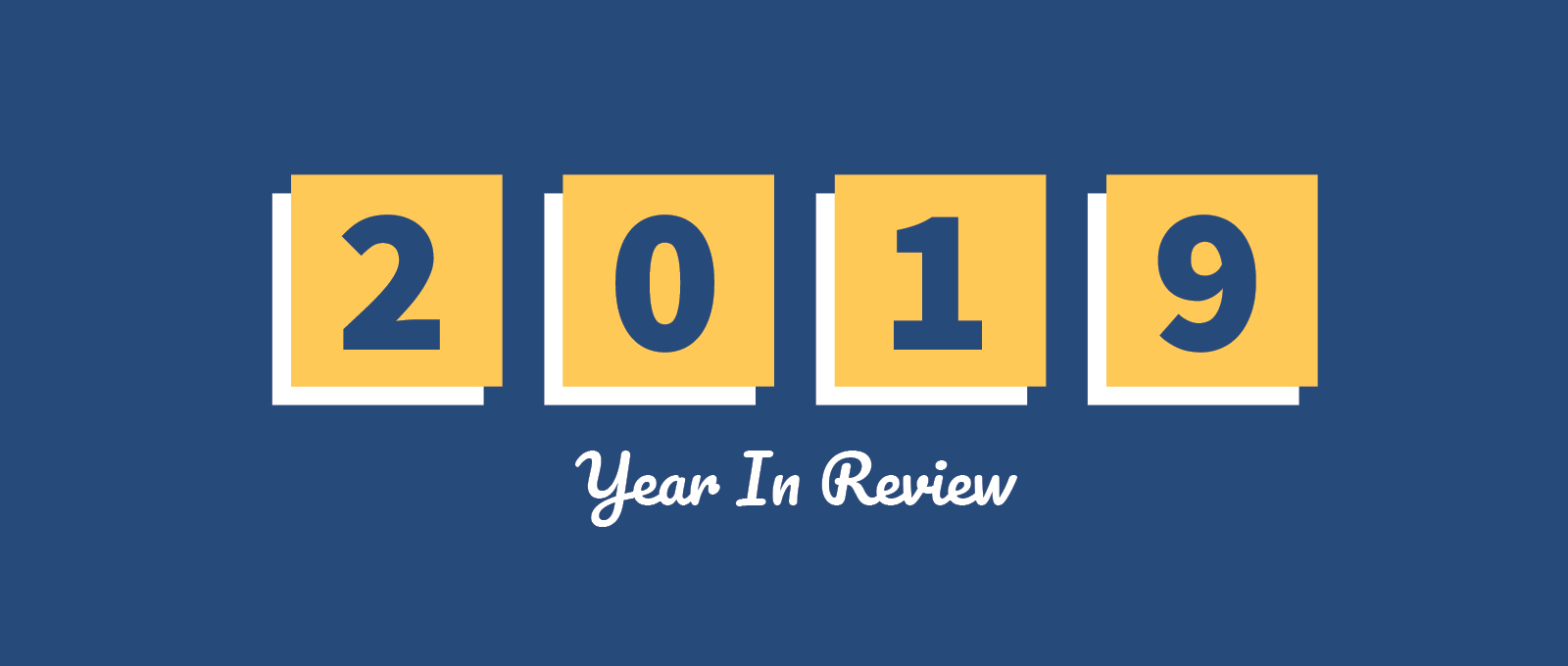Why All CEO’s Can Benefit From A Familiarity With The Austrian Business Model.
For our Economics For Business initiative, we have adopted the motto: Think Better, Think Austrian.
Everyone in business can benefit from studying and understanding the fundamentals of economics. By this, we do not mean the economics of GDP and employment levels and the money supply, and not the economics of the Federal Reserve and the Treasury Department. We mean the economics of human action – how and why individuals behave the way they do in markets, in buying and selling, and in everyday life. Businesses are successful when they fit into and contribute to the everyday lives of customers, and economics provides understanding of how to do so.
The brand of economics that helps you to think better is called Austrian economics, because it originated at the University of Vienna. You may have heard of the Chicago School of Economics, made famous by Milton Friedman and others. Many so called “schools of thought” are named for their geographical origins.
Austrian economics is a tool for business because its thinkers have developed a particularly rigorous body of economic theory, and its practitioners have translated the theory into a complete toolset for application in business. Mainstream economics is not particularly useful for business, for many reasons. Insofar as it deals in fictitious aggregates such as GDP or “the automobile industry”, it can’t help firms who are making decisions about real resources to serve their customers and enable their employees. Insofar as it mathematicizes economic processes for analytical ease, it can’t help firms who deal in trust, loyalty, service, and human values, rather than equations. Mainstream economics can’t be used to strengthen your business model.
Austrian economics, on the other hand, can provide exactly that level of practical utility. In fact, Austrian economists have developed an Austrian Business Model to demonstrate the applicability of this brand of economics in business. The ABM is a framework from which any company can develop or refine its own unique business model suitable for our fast-accelerating digital age. If you are a CEO contemplating the sustainability of your firm’s business model, the ABM will provide you with some new ways of thinking.
A new way to think about value.
Value is one of those terms that is used loosely in business, which leads to flawed understanding. Business schools and business writers refer to “value creation”. Often, they mean market value, the dollar difference between the stock market value of the number of shares outstanding at one point in time and some earlier point in time. Sometimes they equate revenue or profit generated with value. In these cases, value is objective and can be calculated and allocated a dollar denomination.
Austrian economics defines value as subjective. It is a feeling in the customer’s mind, a complex outcome of cognitive, emotional and biological processes, both conscious and unconscious. Value emerges for customers as they live their life and try to assemble an ecosystem of services to help them make it better. This value is context-dependent, idiosyncratic and changeable. This value is created entirely in the customer’s own domain. Firms can’t create value.
This is a very different premise than we are traditionally taught at business school or even in the everyday language of business discussion. For example, a popular book on business models makes this statement: there is something about some firms that makes them more profitable than their rivals. In the framework of the ABM, we would say: there is something about some customers’ desired experiences that makes facilitating them more profitable than other customers’ desired experiences.
This value perspective can stimulate some new behaviors in firms.
- Obsessive and total focus on the customer — identifying them, understanding them, letting them lead the process of value creation.
- Selection of a precisely defined group or cohort of customers as your audience, with continuous development of ever deeper and more detailed understanding of their subjective preferences.
- Development of a value proposition — a hypothesis about how you will help the customer to an experience that they will value. It’s simply that — a hypothesis that you will test as much as possible for verification, but which is never proven until the cycle of market exchange, experience and evaluation is completed.
This business model starts with developing deep understanding.
A new business relationship with value.
Value is what customers seek. Their life is a search for value and an assessment of whether value was realized in their everyday experiences. If your business can not create value, what can it do? The answer is : facilitate value – make it more possible for customers to enjoy their experience.
A design approach can be used – experience design. Experience design consists of imagining every element of the customer’s experience, based on their value learning cycle. What is it about your value proposition that will make them anticipate a valuable experience? What will make them feel that this experience is preferable to any alternative they have, direct or indirect? What will cause them to exchange value — give their dollars for your offering — and what is the price they will be willing to pay? What ensures that they will assess the experience positively after the event?
The key to design is (1) to imagine every possible element of the subjective experience, empathically embracing the customer’s individual context; (2) to understand that every little detail counts and that small differences in delivery can make a huge difference to the perceived experience. In fact, since customer service is so highly developed in modern economies, it is the small details that generate differentiation and uniqueness for your brand.
Since the business is never in control of value, it is important to make measurement part of experience design. Once in the marketplace, your value proposition goes “wild”. You no longer control it. The customer is creating the value and you are not. The best you can do is to be available if they want to invite you into their process, and to be observant of their behavior. Measurement is observation. Don’t presuppose, but do collect data, preferably qualitative data at the individual customer level. This is your raw input for continuous improvement.
Phase 2 is a customer-led design and assembly phase for the entrepreneur.
An experimental approach to value exchange.
Austrian economics sheds bright light on exchange – the transaction between seller and buyer. Exchange is governed by uncertainty – a business can’t know or predict with accuracy what the customer is going to do in the future, or how they will view the terms of exchange. Will the customer perceive sufficient value to even enter into exchange? It’s the ultimate market test. The customer is weighing the benefits they subjectively perceive against the costs, which include money but also any other difficulties or barriers they perceive to making the exchange. Is participating in your offering totally convenient (which is the general standard today) or is there anything in the experience that makes it less convenient and less compelling?
The best way to solve this challenge is to experiment with as many offer bundles as you can in order to observe market results. Does your service sell better online or direct-to-customer? Do customers prefer to subscribe or to buy by the unit? If they try, do they convert? Test as many bundles as you can.
Once you have established the right bundle and willingness to pay, calculate your cash flow and choose your costs in order to generate the margins and profits you require. This is the opposite of the margin math taught in business school, where firms calculate their costs and then add a margin. Austrians discover the price the customer is willing to pay, and then choose the costs compatible with that willingness to pay. The customer determines the price of the exchange, not the business.
Phase 3 is an experimenting and testing phase for the entrepreneur.
Value Agility
You’ve achieved some marketplace results. You’ve established that the customer perceives value in your offering and they’re willing to pay a price that generates positive cash flow and profit.
That same marketplace is incessantly changing. Your approach to the 4th stage of the Austrian business model is dynamic. You make sure that you have all the feedback loops required to receive marketplace data about the acceptance of your offering, and any changes in customer preferences and competitive behaviors. You manage 360 degree monitoring of the customer experience and you anticipate and expect that your experience design, however excellent, will erode over time. The customer will demand something even better, and competitors will aim to match or improve on your delivery. It’s important to keep your model of customer value preferences fresh, and to be planning and preparing new and improved value facilitations. You find ways to maintain flexibility in your capital structure to facilitate the required agility.
Agile businesses continually test and evaluate innovations, and introduce them to the marketplace. Value improvement and value innovation are your goals. The process never stops. The journey never comes to an end.
Your business model must yield sufficient cash flow for substantial amounts of new capital investment each year. Your organizational design must facilitate the addition of new capabilities and the discontinuation or de-emphasis of existing capabilities that no longer are perceived as unique or compelling by the changing customer. Agile businesses monitor their dynamic capability — how much is being added, how much is being changed or updated. Are you keeping up with the customer, the ecosystem in which you engage, and your competitors?
Phase 4 is a phase of continuous dynamic change for the entrepreneur.
You can learn more about the Austrian Business Model here.








Leave a Reply
Want to join the discussion?Feel free to contribute!